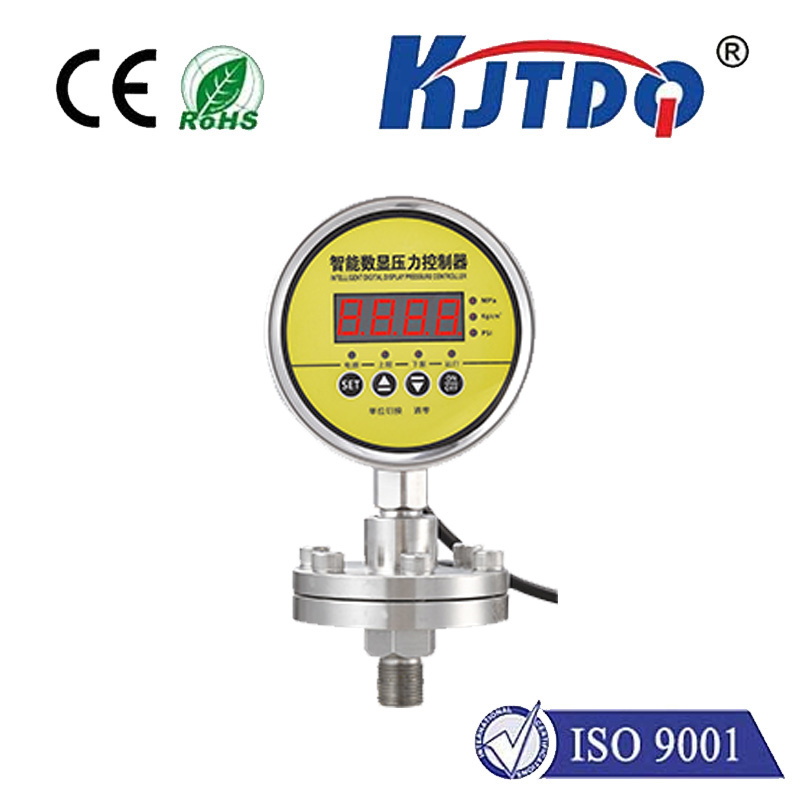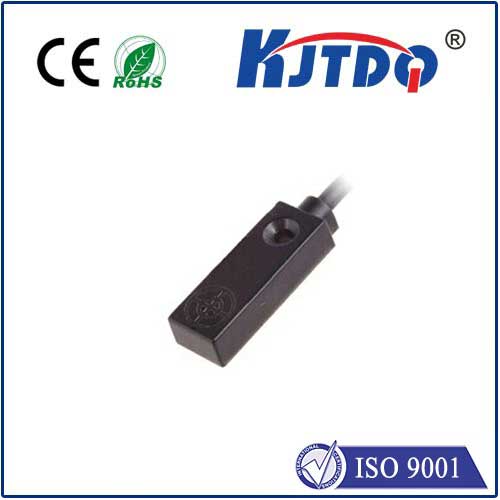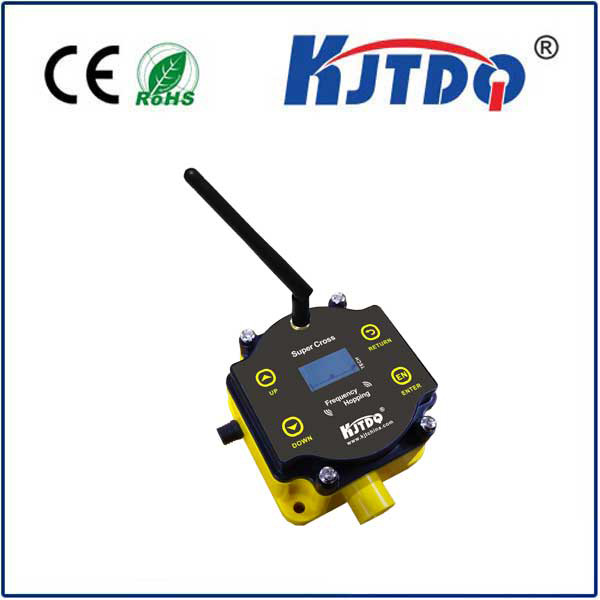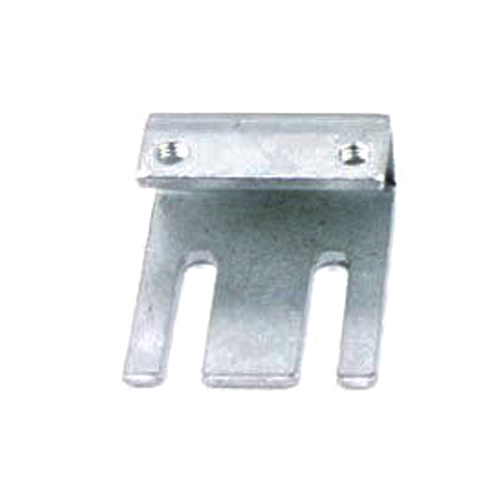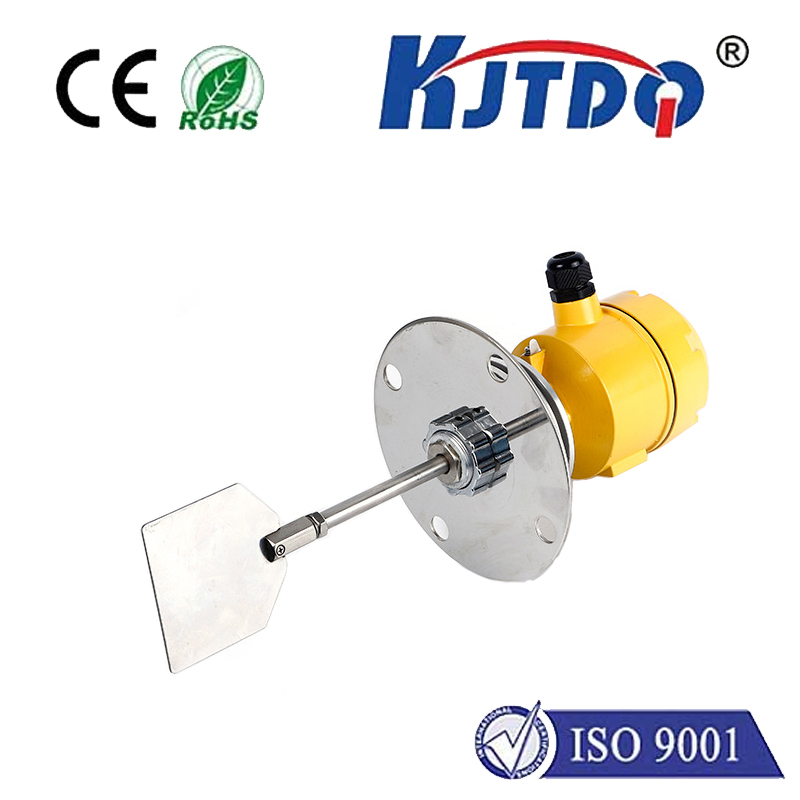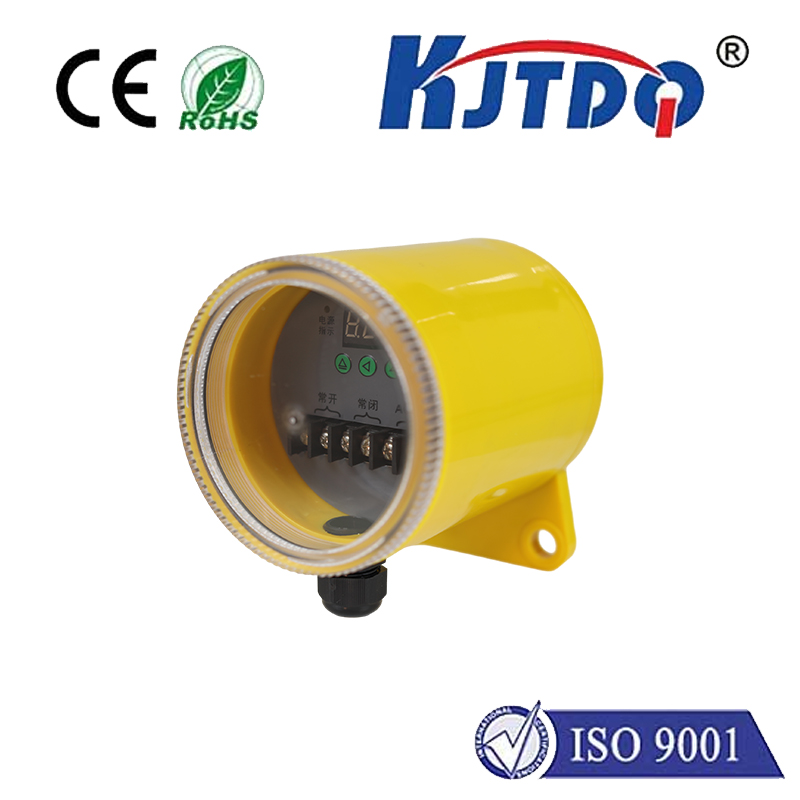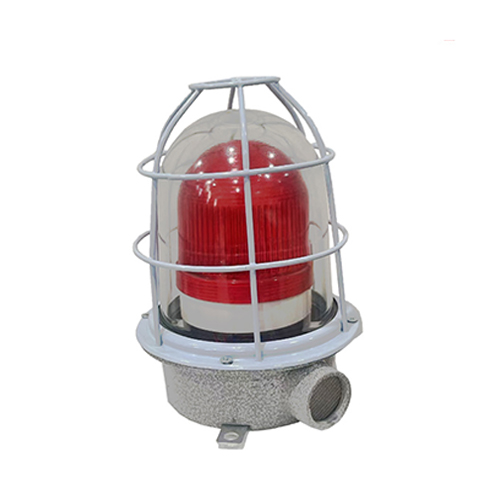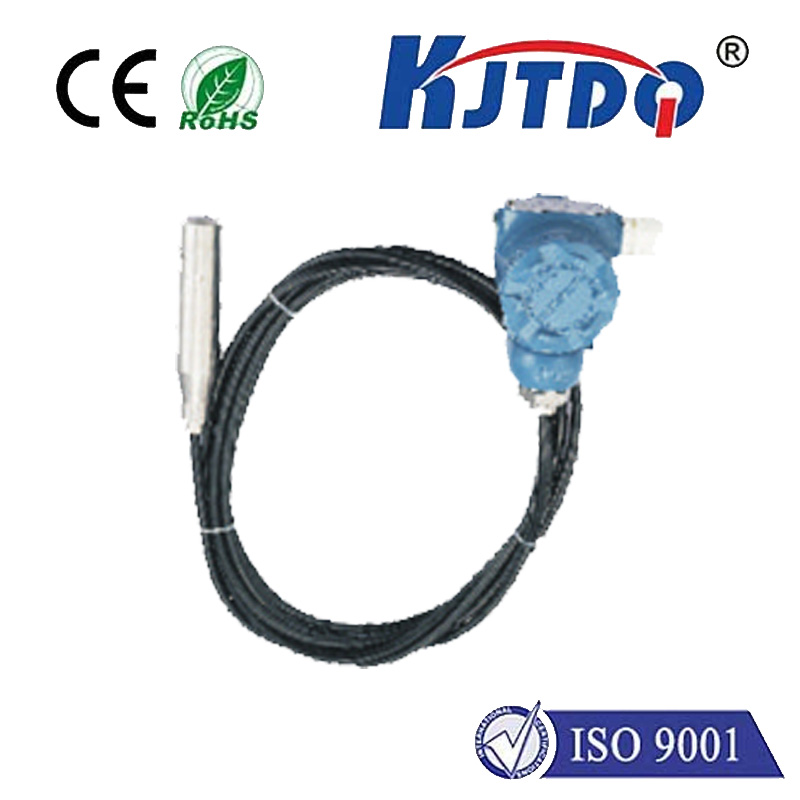

check

check

check

check

check

check

check

check

check

check
Proximity sensors have become an indispensable component in robotics applications. These sensors use electromagnetic fields to determine the distance between two objects, providing valuable information for robots to navigate and interact with their environment. In this article, we will delve into the world of proximity sensors, exploring their unique features, applications, and integration in COPPELLA SIM programming.
Section 1: The Basics of Proximity Sensors
Proximity sensors are passive devices that emit radio waves or ultrasonic waves depending on the type. When a nearby object interrupts the field of the sensor, it triggers an electrical signal. This signal is then processed by the controller, which interprets it as either a positive or negative response depending on the distance between the sensor and the object. Proximity sensors can be used for various applications, including object detection, distance measurement, and proximity-based control systems.
Section 2: Proximity Sensors in COPPELLA SIM
In COPPELLA SIM, proximity sensors can be added to robots using various communication protocols such as I2C, SPI, or CAN. The sensor's data can be read using functions like `read_proximity_sensor()`, which returns the distance value in centimeters. To configure the sensor's parameters, such as sensitivity or threshold values, you can modify the sensor settings within the COPPELLA simulation environment.
Section 3: Applications of Proximity Sensors in Robotics
Proximity sensors have numerous practical applications in robotics, including:
* Object Detection: By detecting the presence of objects at a certain distance, robots can differentiate between objects of interest and ignore irrelevant ones. Proximity sensors can be combined with other vision-based sensors like cameras to achieve better object recognition accuracy.
* Distance Measurement: Proximity sensors enable robots to measure distances accurately without requiring external input sources like lasers or cameras. This functionality is particularly useful for tasks where precise positioning is critical, such as navigation or manipulation.
* Proximity-Based Control Systems: By detecting the proximity of objects, robots can make decisions based on their position relative to other objects. This allows for intelligent behavior such as avoiding obstacles or following predefined paths.
Section 4: Integration of Proximity Sensors in Real-World Robots
Proximity sensors have been widely integrated into real-world robots for various applications. For example, they are commonly used in pick-and-place robots to detect the presence and location of objects to be picked up and placed. Other applications include assembly robots that use proximity sensors to detect when tools are correctly aligned with workpieces, and search-and-rescue robots that use infrared sensors to locate survivors in disaster zones.
Conclusion
Proximity sensors have revolutionized robotics by providing accurate distance measurements and enabling robots to interact with their environment more intelligently. With their widespread adoption in various industries, understanding how to integrate proximity sensors into robotic systems has become essential for both hobbyists and professionals alike. By mastering the capabilities of proximity sensors in COPPELLA SIM programming, you can create advanced robotic systems that perform complex tasks with precision and efficiency.
